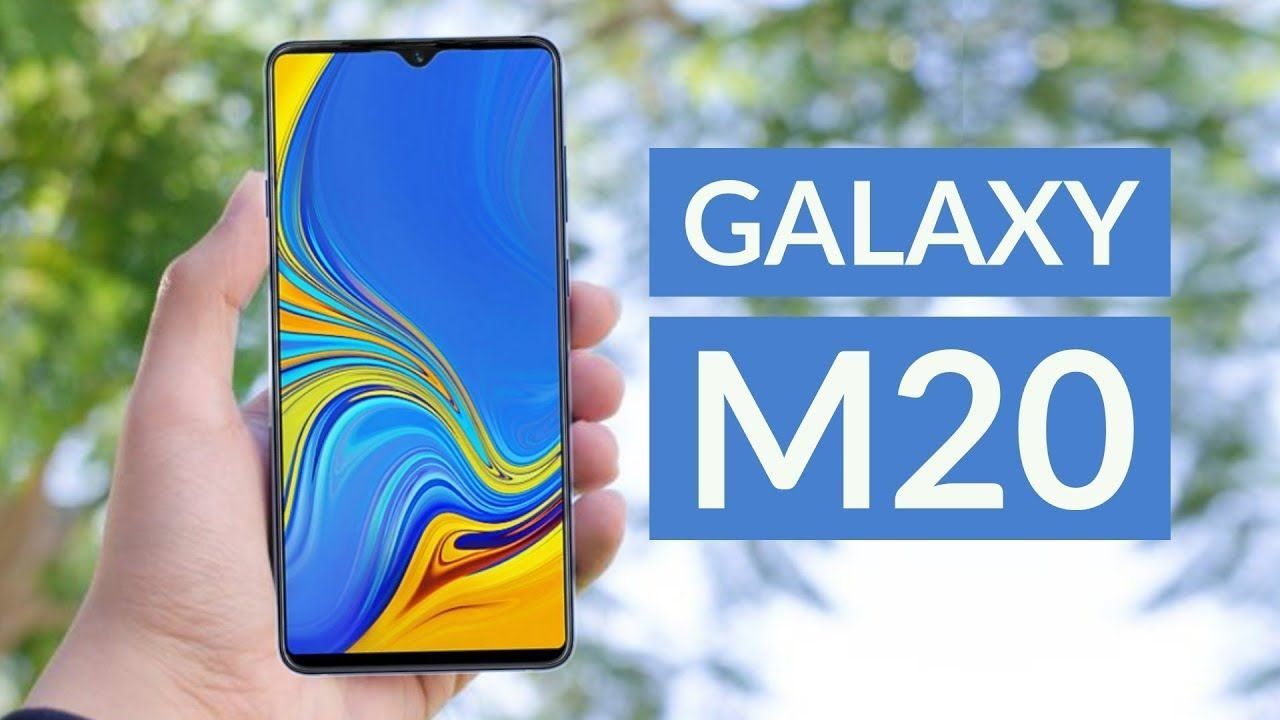Indian state employee: Smartphone Realme U1 - advantages and disadvantages
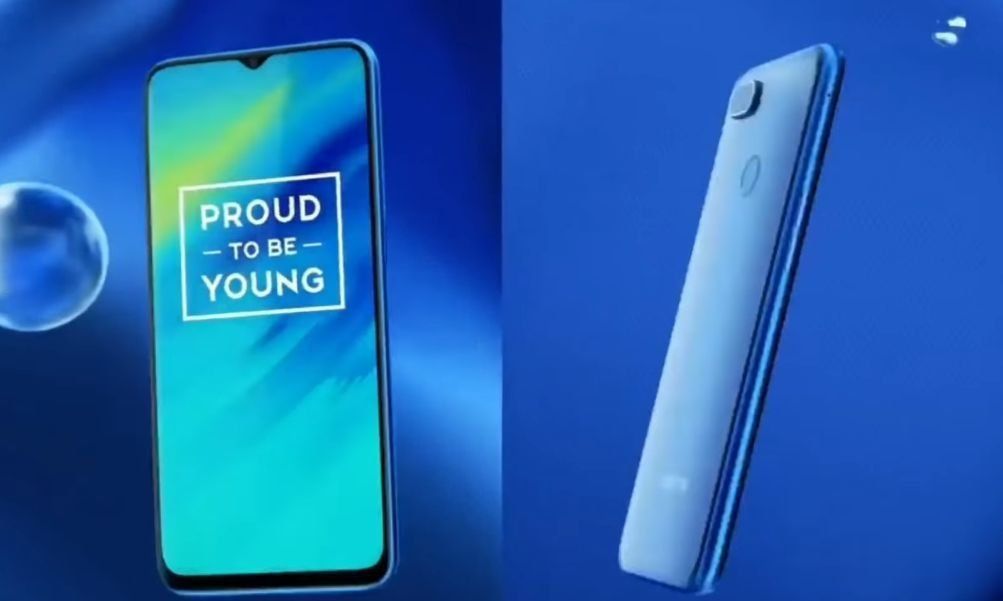
The Chinese company OPPO has long enjoyed well-deserved popularity in the global market. At the same time, she continues to explore more and more new regions. On November 28, 2018 in India, the company presented its new smartphone under the Realme brand. It is called Realme U1. The technical parameters of the device became known and the first reviews began to appear. From them you can already understand that this will be a kind of budget flagship with a very cool selfie camera.
The system will work on a new chip from MediaTek. The SoC manufacturer has had a bad year. Chip sales fell 3 times compared to the previous one. And the new Helio P70 processor is designed to help developers rehabilitate themselves. It is aimed at the mid-range segment and a smartphone from OPPO should be the first phone to use this chip. OPPO has been successfully working with MediaTek for a long time and has well optimized their phones for their chips. So something worthwhile may well come out of this model. In the meantime, let's analyze the information that is already available.
Design and display
The phone is made in a frameless style. The screen takes up almost the entire bezel, and on top it has a nice drop-shaped notch, which houses the front camera. Judging by the few reviews, the smartphone really has practically no black stripes on the sides, so in this regard, the designers have tried their best.
On the left, it has volume keys and a triple tray for 2 SIM cards and a MicroSD card. On the right side is the shutdown button.
The bottom of the standard is a speaker, charging port, and 3.5 mm audio output.
In their pre-release video, the developers showed the technology of a fingerprint scanner built directly into the display, which will be implemented in this smartphone, however, judging by the first reviews, where the fingerprint scanner is visible in the hands of some reviewers on the back of the phone, the technology was still not implemented.

The screen itself is made using IPS technology and, according to the manufacturers' assurances, should transmit about 16.7 million colors, so the color reproduction of the display should be at a high level. So it is, the picture on the phone looks nice without too much harshness, albeit a little dull.
The phone easily reacts to touches in any part of the screen and supports multitouch, although it is still unknown how many touches.
The glass for the display is Corning Gorilla Glass 3 with water and scratch resistance. In terms of its protective properties, it is, of course, inferior to Gorilla Glass 5, however, the phone does not position itself as a flagship, but is aimed rather at the middle price segment.
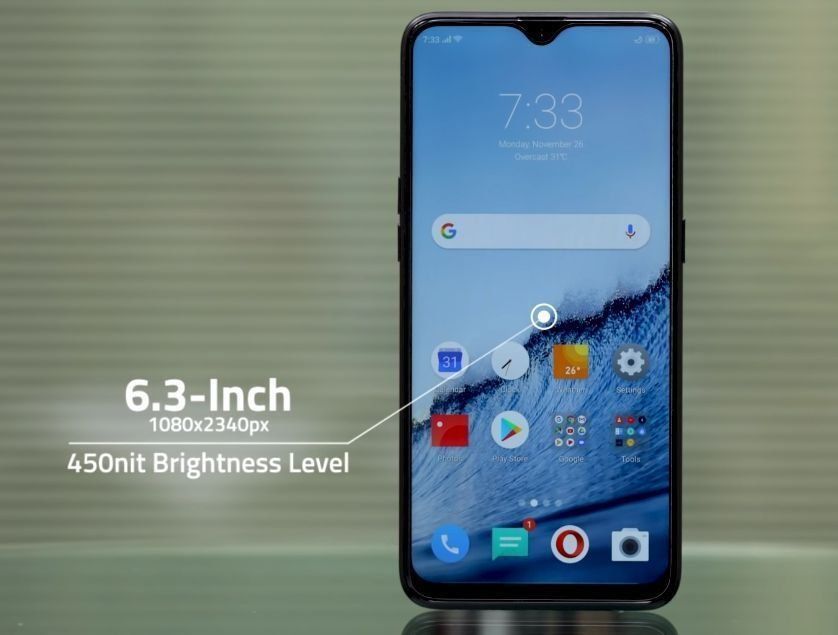
Main technical characteristics
| Main characteristics | Realme U1 |
|---|---|
| Platform: | ColorOS 5.2 (Android 8.1 Oreo) |
| Display: | 6.3 inches; IPS 1840x2340 FullHD + with U-notch on top; density 409PPI |
| Camera: | 13 MP, f / 2.2 + 2 MP f / 2.4 |
| Front-camera: | Sony IMX576, 25 MP, f / 2.0 |
| CPU: | MediaTek Helio P70; 4x 2.1 GHz ARM Cortex-A73, 4x 1.95 GHz ARM Cortex-A53 |
| Graphics chip: | ARM Mali-G72 MP3, 900 MHz |
| RAM: | 3 GB, 4 GB, 933 MHz |
| Inner memory: | 32 GB, 64 GB |
| Memory card: | there is |
| Navigation: | GPS, A-GPS, GLONASS |
| WI-FI: | a, b, g, n, n 5GHz, ac, Dual band, Wi-Fi Hotspot, Wi-Fi Direct |
| Bluetooth: | 5.0 |
| Battery: | 3500 mAh, Li-polymer |
| Sensors and sensors | Light sensor, Proximity sensor Accelerometer, Compass, Fingerprint scanner |
CPU
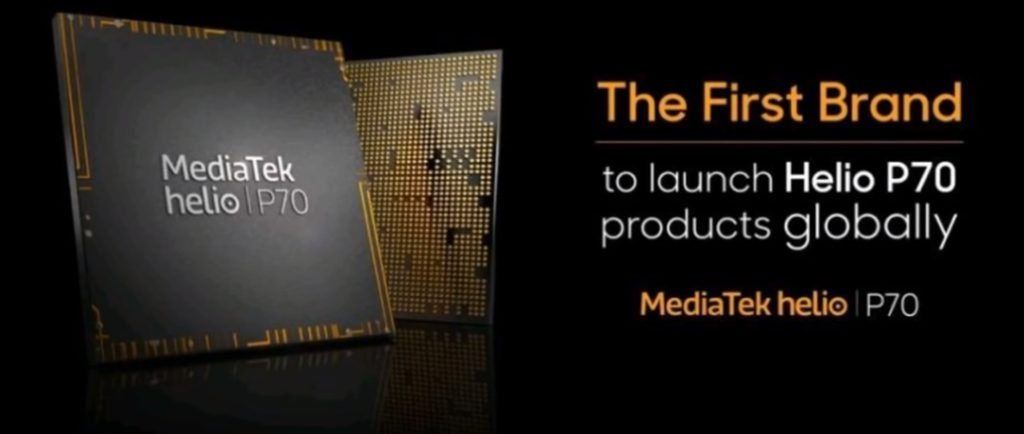
Here we come to one of 2 things, because of which the phone can be interesting. The new processor from MediaTek for the mid-market is intended to be an alternative to the upcoming 700 line of processors from Snapdragon.
This is an 8-core processor, manufactured on the latest 12nm. BigLittle process. The role of high-performance cores will be performed by four Cortex A73 cores with a frequency of 2.5 GHz. 4 Cortex A53 cores with a frequency of 2.0 GHz will be responsible for the execution of light processes and power saving.
Based on the AnTuTu benchmark scores posted online, it scores a total of 156,906 points, leaving behind the Snapdragon 660, HelioX30 and Samsung Exynos 7872.
The CPU part is clearly ahead of the rest of the models. The processor part has left behind Snapdragon 660, HelioX30 and Samsung Exynos 7872 with a margin of about 30,000 points, gaining almost 74,000 points.
But the graphics part of the GPU is not impressive. Snapdragon 660 still beats it by 90 points, like its older companion HelioX30. Only the Samsung Exynos is second to him in this parameter.
User UX testing went well for the P70. Testers rated it higher than Snapdragon 660 and Exynos 7872, only the X30 beat it. Probably, users appreciated its ability to work with multiple threads and low heating level, thanks to the ability to transfer the load between 10 cores.
It also showed good results in terms of the RAM module, having typed 11,111, beating all the presented competitors.
Developers from MediaTek also report that the new processor will be focused on the use of artificial intelligence. In particular, it is said that the emphasis in this direction is made on the modernization of the face recognition system and modeling of AR and VR.
The new development from MediaTek has shown good results in gaming tests on the Realmi U1. Despite the fact that the graphics accelerator is inferior to Adreno, with the P70 you can safely play Asphalt 2 at maximum settings and PUBG at medium settings.
Preliminary tests are impressive and this chip may well become popular in the mid-range smartphone segment. According to rumors, in addition to OPPO, Xiaomi and Meizu are already interested in them.
Front-camera

Another thing about a smartphone that deserves close consideration is the selfie camera. The teardrop notch houses a small, high-resolution sensor. In the daytime, Realmi captures excellent detailed selfies, perfectly capturing natural skin tones and surrounding colors.
AI Beauty Mode does its job well most of the time, smoothing out unsightly areas of skin. And he does it quite imperceptibly and non-aggressively.

In the absence or lack of light, the image really looks like it was captured by a camera with a resolution of 25MP. The camera tries to capture the details and make the image clearer, but as a result it looks a little grainy and even HDR mode will not help here.

Main camera

The rear camera consists of two sensors. Main 13MP f 2/2 and side to create bokeh effect. The camera performs pretty well in natural light, taking very detailed photos, but this effect gets worse with a lack of light.
The increased brightness mode has proven itself well, which can be very useful if you need to add colors and contrast to the photo. HDR works reasonably well, and you can use popular shooting modes such as Time Lapse, Professional, and Portrait. The latter works especially well thanks to the second sensor.

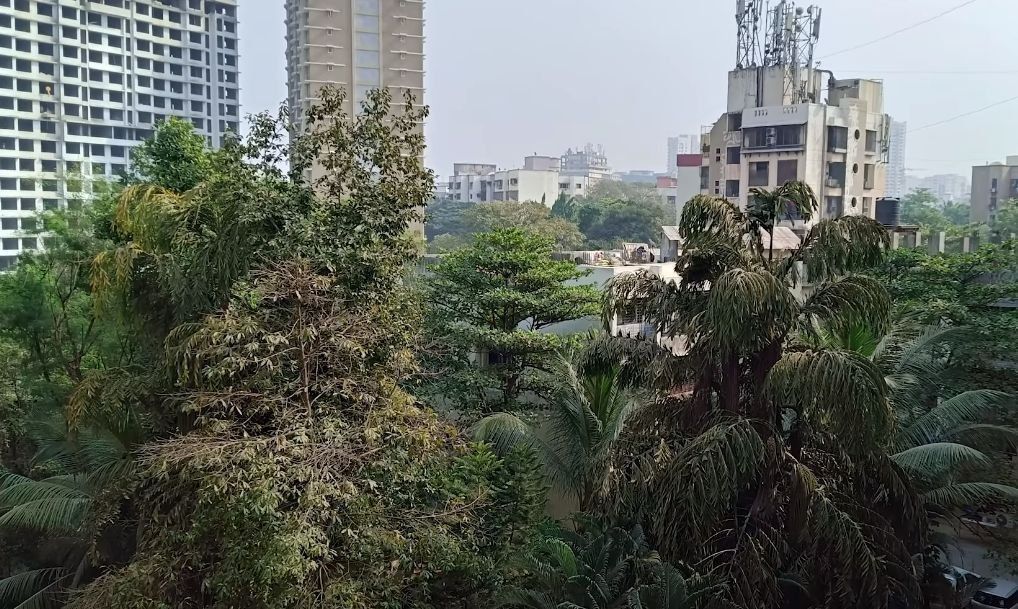
Software
Little can be added to the main technical characteristics, speaking about the software part of the phone. It is worth mentioning only the presence of preinstalled applications that can be uninstalled at your will, as well as the presence of an application for scanning text.
It uses a camera to scan and recognize handwritten text. Since the phone is Indian, it handles Hindi best. In addition, it can translate recognized pieces of text in other languages.
Battery
The user of the new Indian miracle can count on a full day of work without recharging. When watching video in HD, the device will last almost 15 hours. It doesn't have a fast charging system, but the included 10W adapter will make it a little faster.
Price
The phone is not sold in the CIS countries, but on Amazon the starting price for 3/32 GB starts at 12,000 rupees, which is equivalent to $ 172.
The 4/64 GB version will cost Rs 14,500. At the current exchange rate, this is approximately $ 207.
Advantages and disadvantages
- Powerful processor. Judging by the tests, MediaTek has a chance to whitewash its name with this processor. It has good characteristics and performed well in tests. But it should be remembered that this is a mid-range processor and you should not expect anything supernatural from it.
- A good front-facing camera that produces great pictures in sufficient light, and the beauty mode perfectly complements them, without smoothing the skin beyond necessary.
- Excellent bright screen with good color rendering.
- Beautiful bezel-less design and ergonomics. It is a pleasure to hold the phone in your hand, thanks to its rounded edges and comfortable shape, and the screen really looks like it takes up the entire front panel space.
- Price.
- Lack of optical and electronic stabilization due to which the camera twitches with any awkward movement during shooting.
- In the absence and lack of light, photos from the front camera become grainy. The quality of shooting from the rear camera in the absence of light also leaves much to be desired.
- There is no in-screen fingerprint scanner. This would not be a problem if the developers did not promise to put it in their presentation video.
Outcome
OPPO is probably one of the best budget smartphones of 2019. It has a good camera, a sleek design, a fairly productive, up-and-coming processor and a 3-cell SIM card tray. It has some drawbacks, but the price covers them all with interest. Unfortunately, it is not yet available in Russia, but it is definitely worth paying attention to if it does appear in Russian online stores or on Ali-express.
new entries
Categories
Useful
Popular articles
-

Top rating of the best and inexpensive scooters up to 50 cubic meters in 2024
Views: 97661 -

Rating of the best materials for noise insulation for an apartment in 2024
Views: 95022 -

Rating of cheap analogues of expensive medicines for flu and colds for 2024
Views: 91750 -

The best men's running shoes in 2024
Views: 87680 -

Top ranking of the best smartwatches 2024 - price-quality
Views: 85091 -

Best Complex Vitamins in 2024
Views: 84801 -

The best dye for gray hair - 2024 top ranking
Views: 82406 -

Rating of the best wood paints for interior use in 2024
Views: 77202 -

Ranking of the best action cameras from China in 2024
Views: 75269 -

Rating of the best spinning reels in 2024
Views: 74827 -

The most effective calcium supplements for adults and children in 2024
Views: 72462 -

Top rating of the best means for male potency in 2024 with a description
Views: 68296
